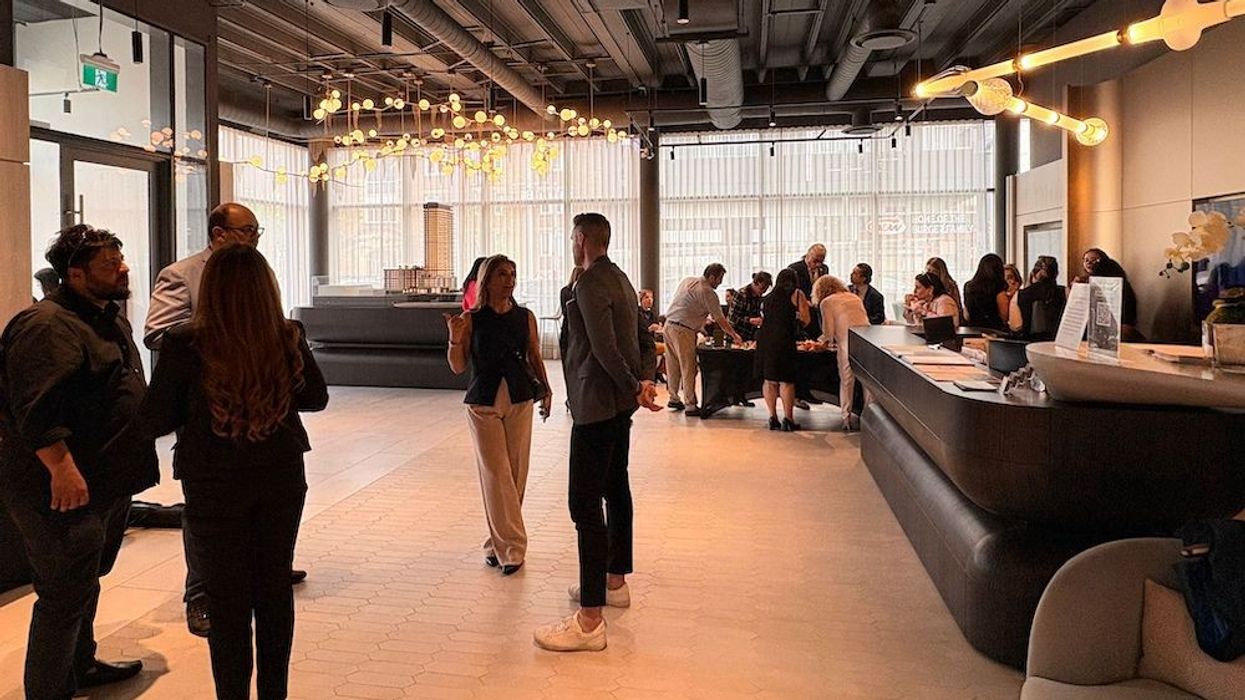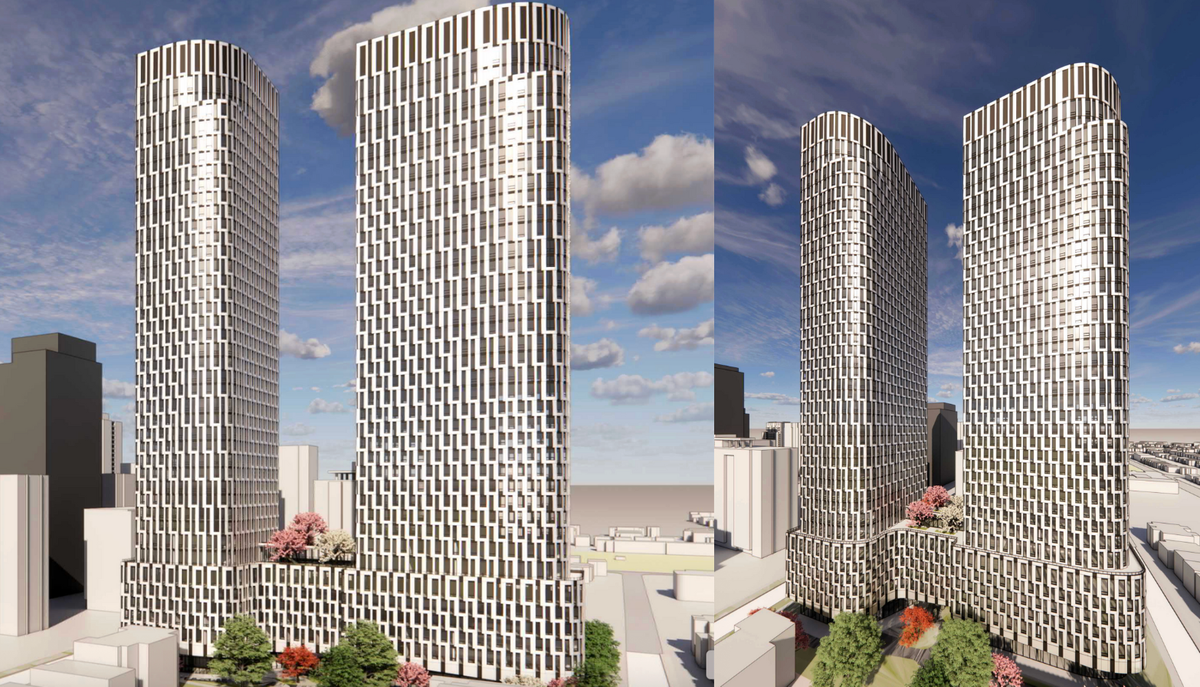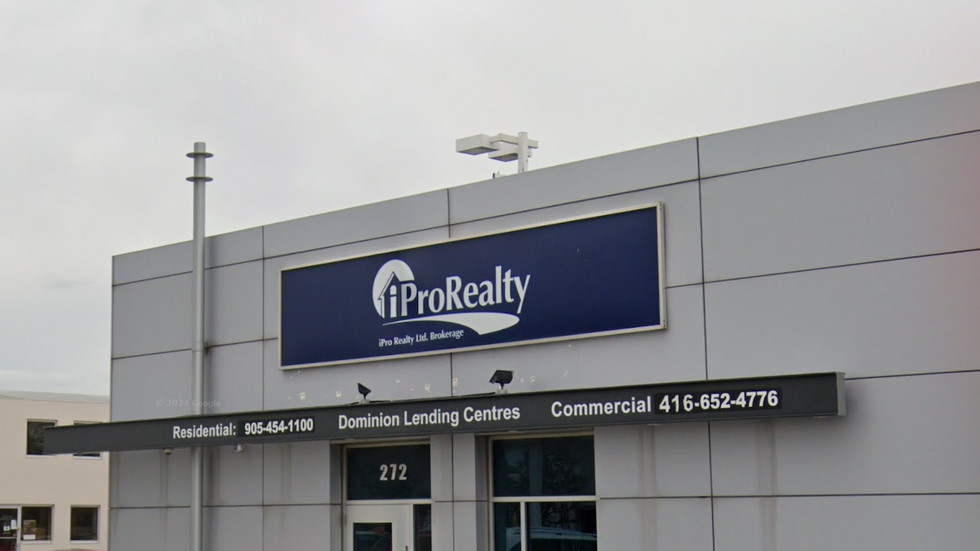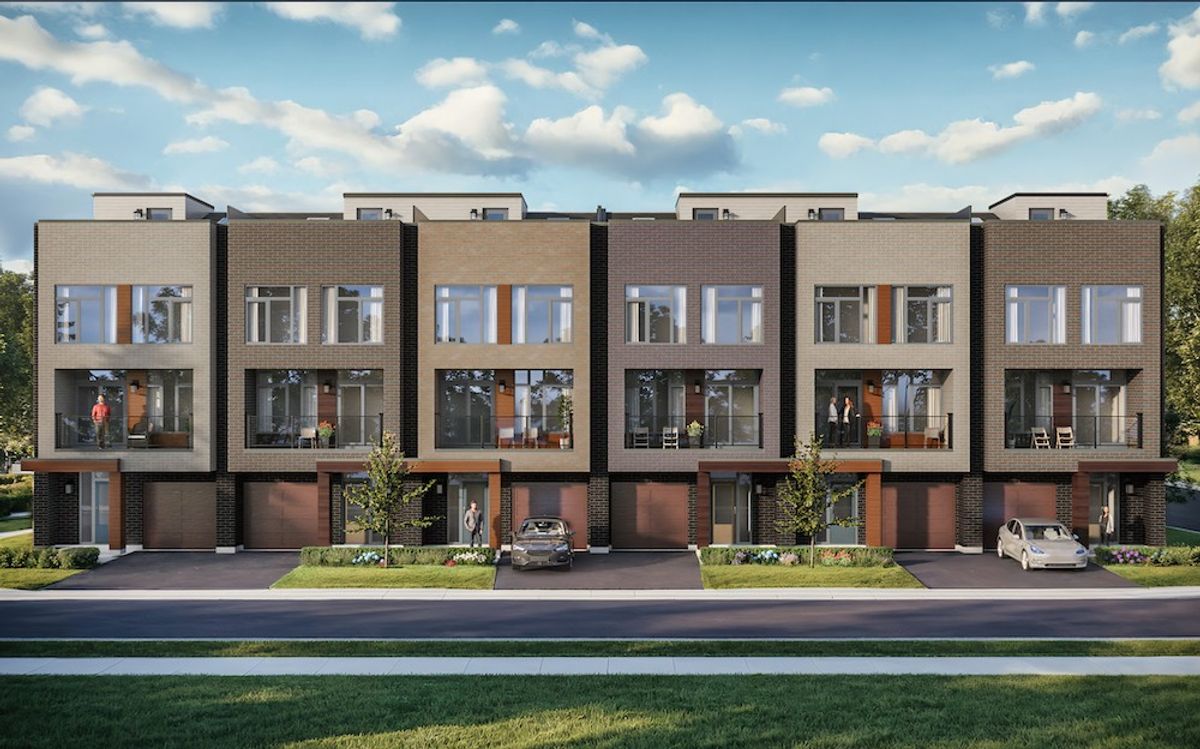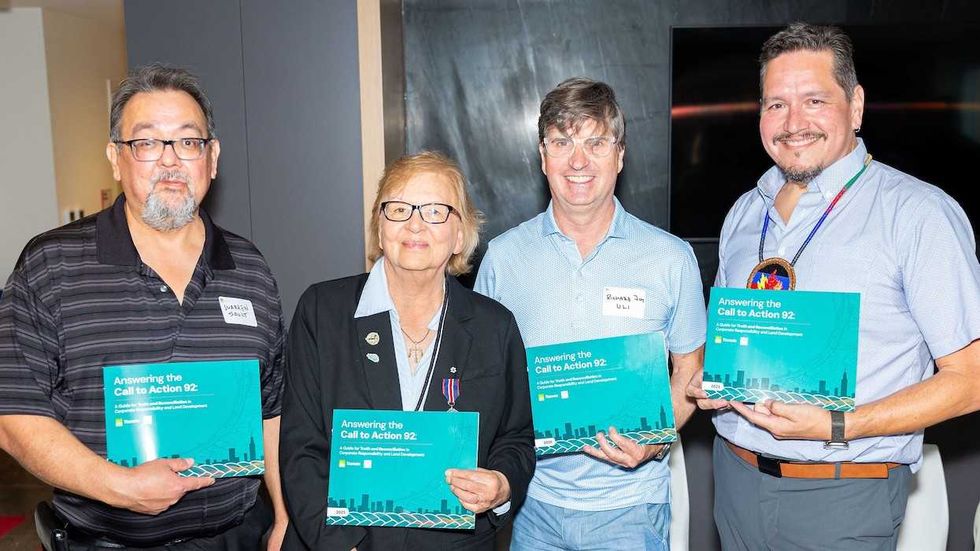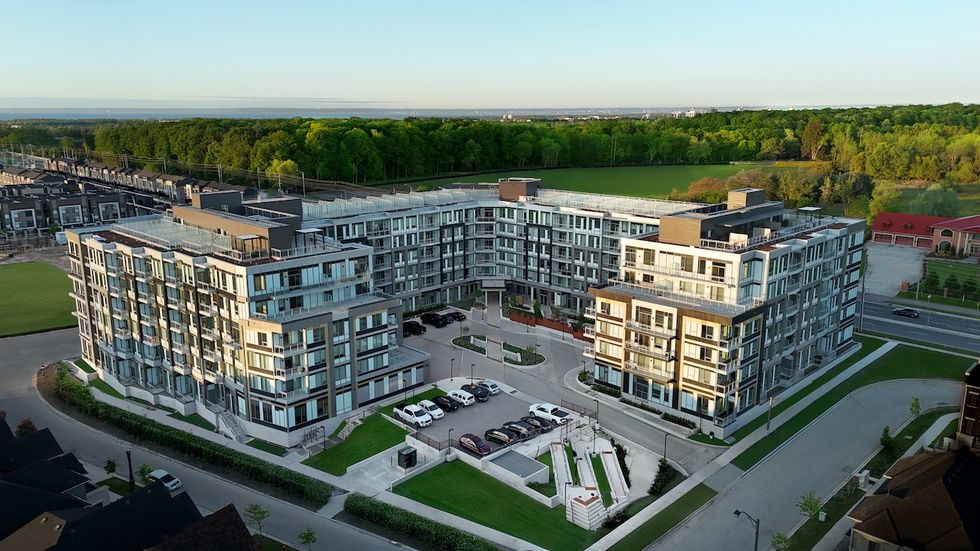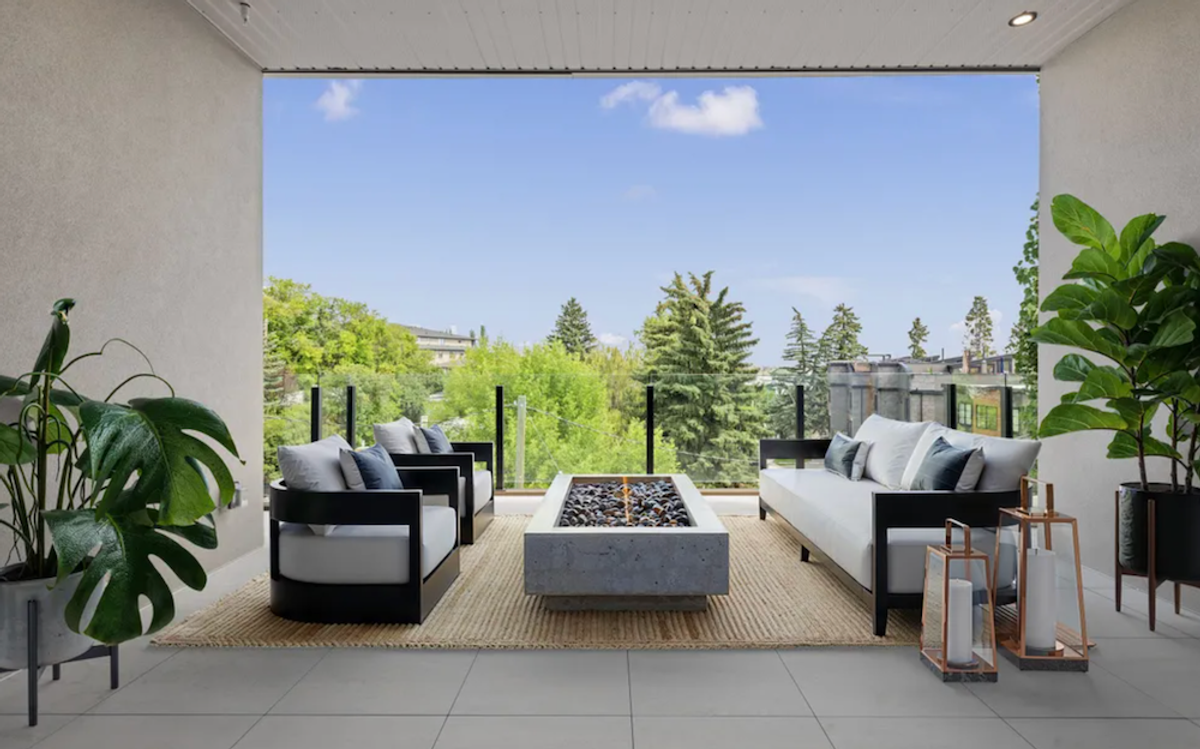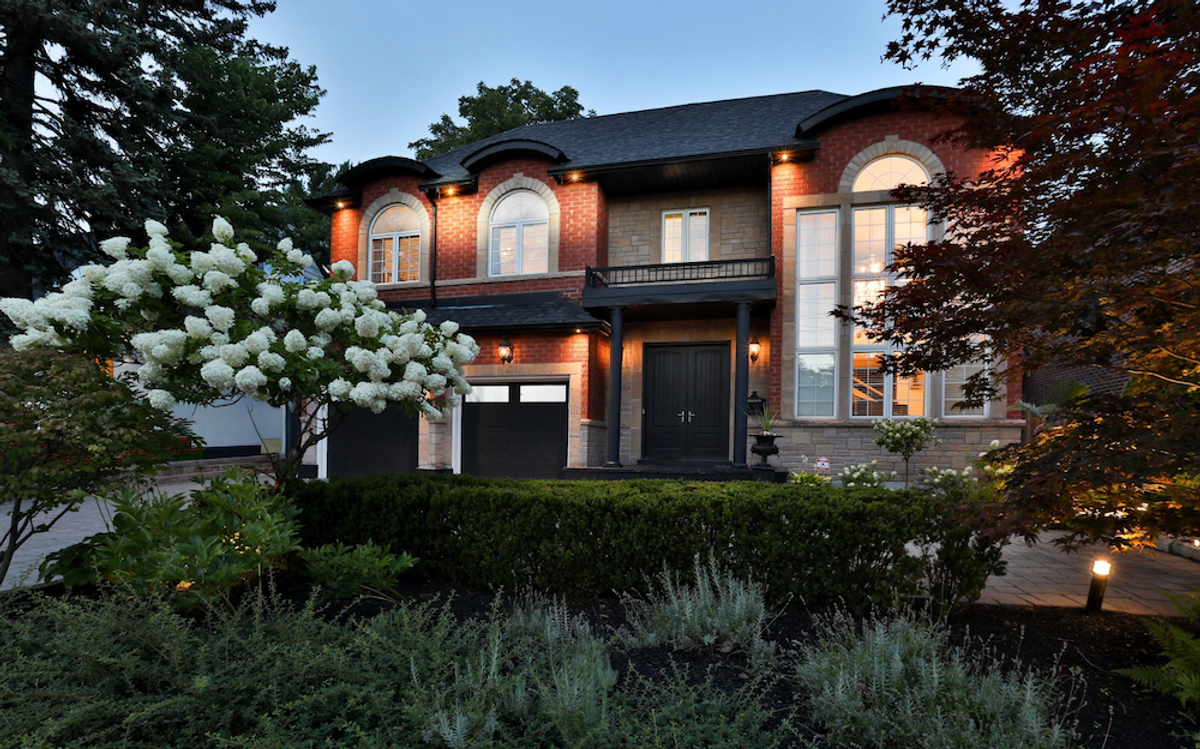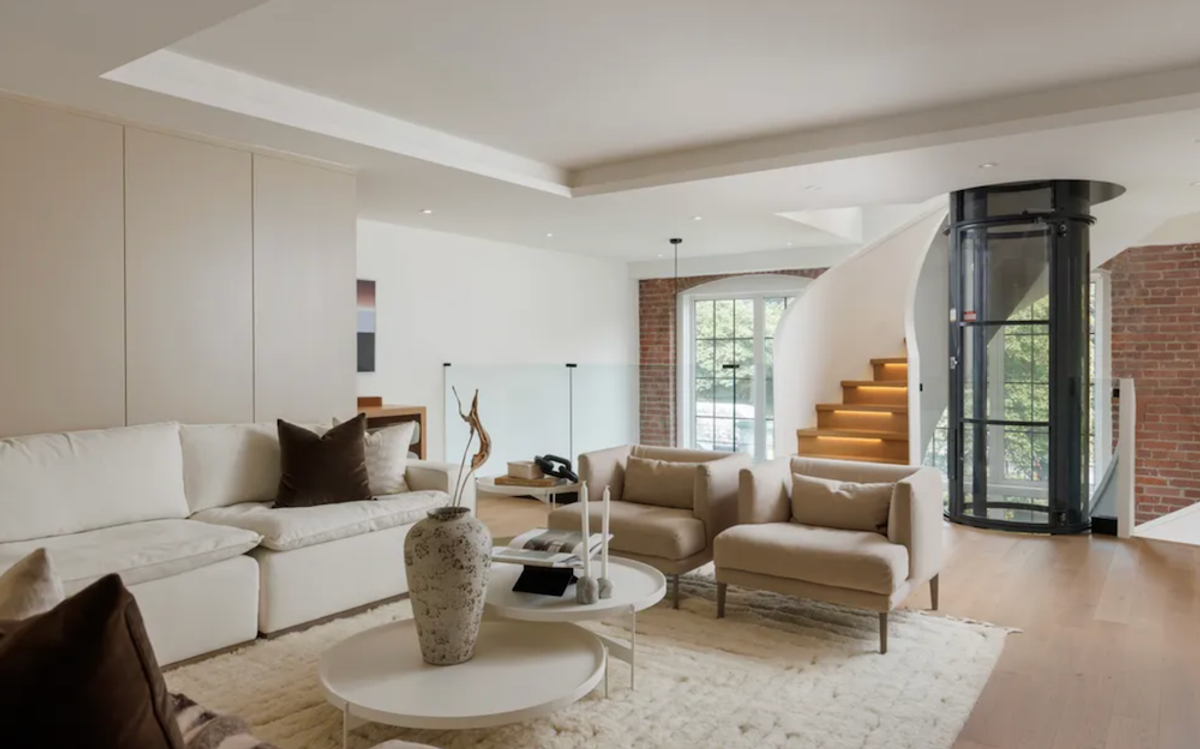It wasn’t that long ago that pre-construction sold itself. The market was hot, units moved in minutes, and buyers would sign almost anything — just to get in.
Now, the market has shifted. It’s more uncertain, more cautious, and frankly, more real. In my recurring LinkedIn series Real Talk w/ Tim Ng, I sat down with some of the top new development sales and marketing leaders from Toronto, Miami, and Vancouver for a roundtable discussion on what it really means to ‘get back to basics’ – what’s changed in their approach, and what’s stayed true.
As sales professionals, marketers, and developers, we’re being called to do what we should have been doing all along: sell the value of a home, not just the idea of one. We need to be listening, connecting, and understanding what the buyers actually care about.
Winson Chan, VP of Sales Development at Tridel, said it plainly: “We were all just transacting paper. For the better part of a decade, the focus was on volume, not product. Now, the focus needs to shift back to “home”. What it feels like, how it functions, and how it supports the lives of real people.”
Chan stressed a critical shift. Tridel is now focused on smart sizing. They are designing floor plans that reflect how people actually live. He also pointed out that customization is becoming the new luxury as buyers want homes that fit them, not just their budgets. He added that “We can’t just label our floor plans '1D' anymore; every layout or floor plan needs a proper name that speaks to the design and features of this specific layout. It’s time to tell a better story!”
Jean Openshaw, VP of Sales at Bosa Properties, emphasized trust as the foundation. “We’ve delivered every one of the 10,000 homes we’ve promised,” she said. That kind of track record matters, especially now. Buyers are asking harder questions and taking their time. You can’t just dazzle them with renders and incentives. You have to show up with credibility, consistency, and follow-through.
What really stood out to me in these conversations is that selling today isn’t just about product or pricing, it’s about alignment. Kayleigh Johnson, Director of Marketing at Peterson, said it best: “A good-looking brand and a few ads won’t move the needle if you haven’t done the work to understand your customer. Getting back to basics means putting the customer at the centre — truly understanding not just their needs, but their deeper aspirations. That insight should inform everything: the product, the brand, and how we speak to prospects.” Gut instinct still has a place, but real insight, both data and emotional, is what drives results.
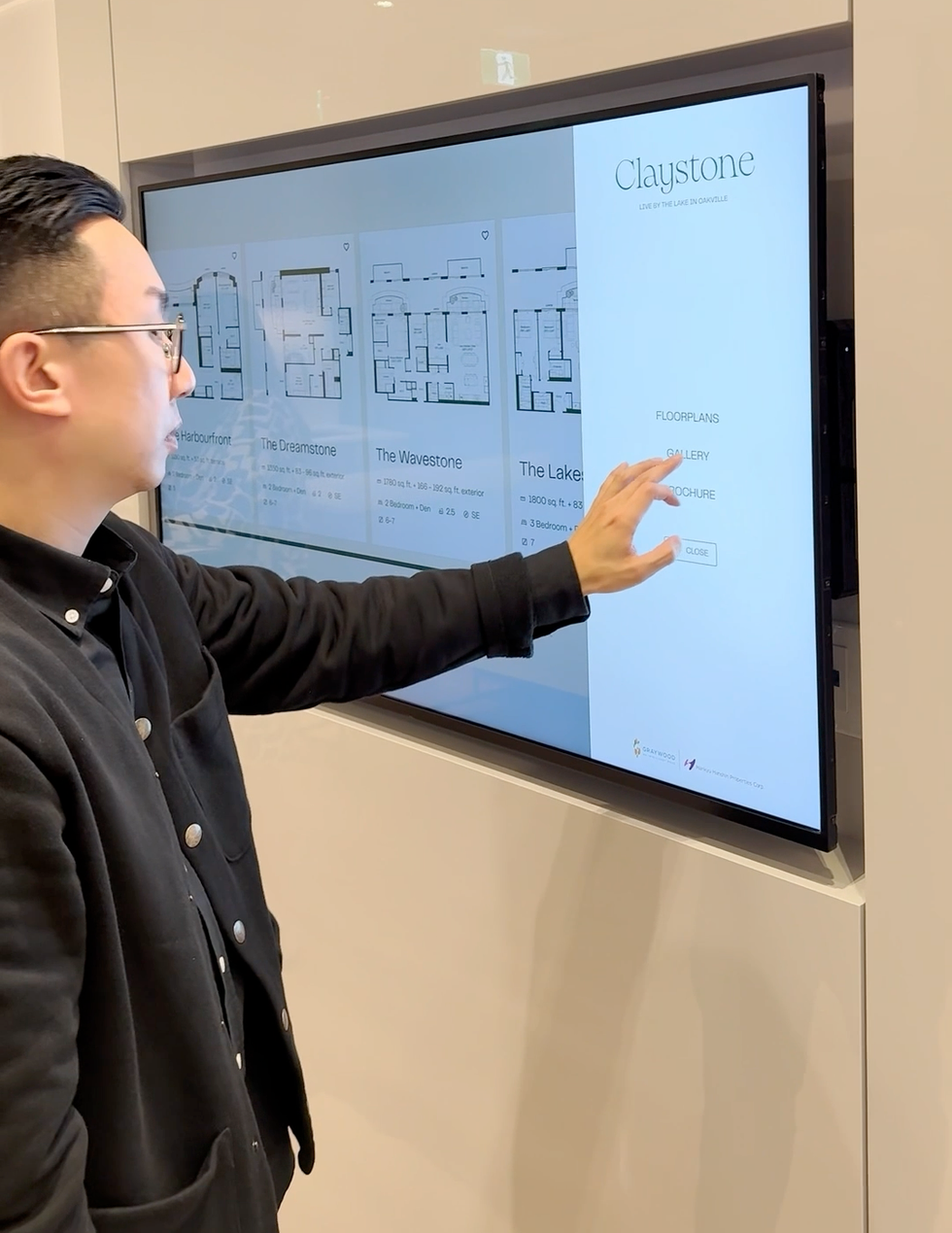
In Miami, Joanna Davila of Vertical Developments shared how they’re making lifestyle alignment clearer from the jump for their branded residences. For buyers, especially those looking for a second home or pied-à-terre, a strong brand can give immediate clarity: is this project for me, or not? Her team has also gone a step further, offering fully furnished, turnkey units to make it easier for buyers to say yes.
What I appreciate in these approaches is that they all prioritize real human needs. Amenities aren’t being tacked on—they’re being thoughtfully integrated. At Bosa, that means co-working lounges, wellness spaces, rooftop gardens, and community programming. They’ve even rolled out a program that lets renters apply 25% of their rent toward a future home purchase. That’s not just marketing. That’s long-game thinking.
At Tridel, Chan told me they’ve stopped doing traditional sales seminars altogether. Instead, they’re hosting information sessions. Having conversations, not just pitches. They are talking more about the why behind a home purchase, especially to end-users and the agents who serve them.
The biggest takeaway? None of this is new. These are the fundamentals: building trust, creating connection, and understanding your customer. But in a market where transactions are harder to come by, the teams that succeed will be the ones who embrace these basics, not avoid them. There’s no secret formula for selling in 2025. But if there were, it would look a lot like this: Listen to the needs, tell a more vivid story, and remember who you’re selling to.
______________________________________________________________________________________________________________________________
This article was produced in partnership with STOREYS Custom Studio.
